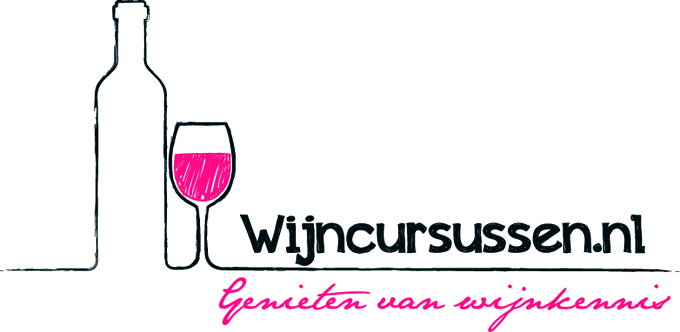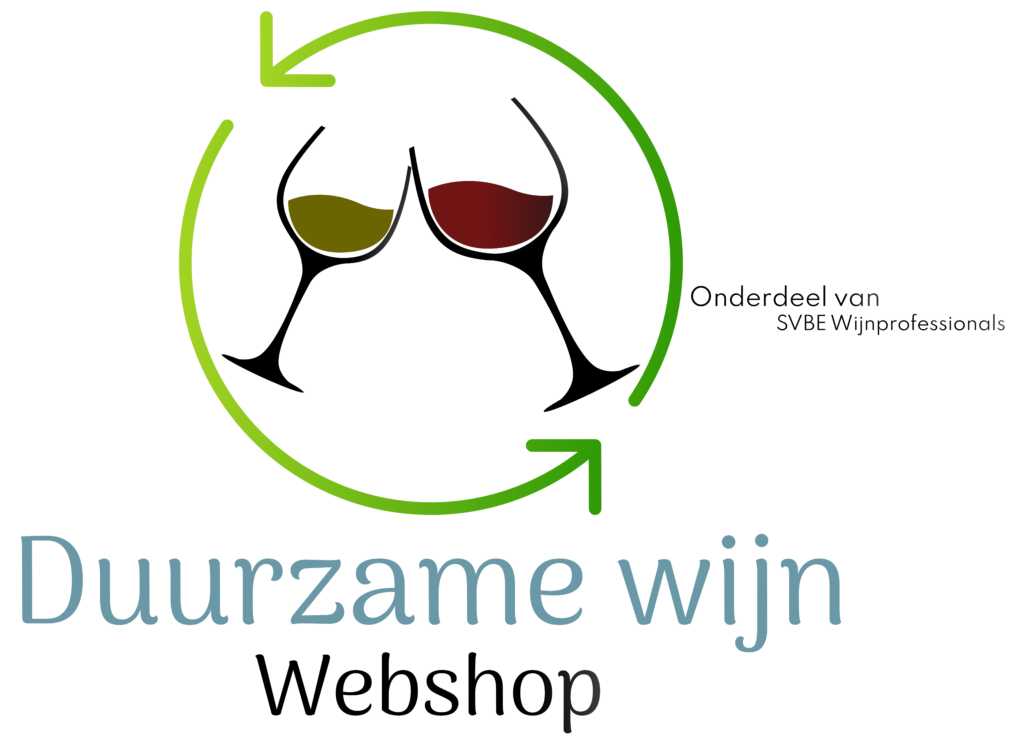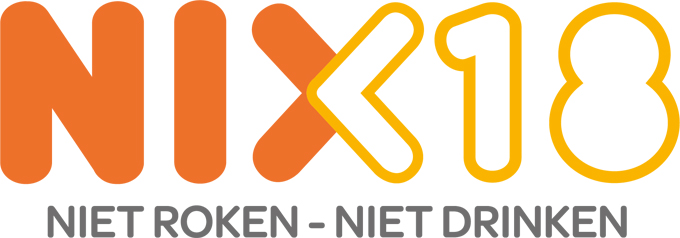A new report shows that South Africa’s wine industry not only continues to increase its contribution to the country’s GDP but is also growing job opportunities. This is despite the impact of a muted global economy and a slight decrease in the size of the national vineyard.
The industry, that remains one of South Africa’s leading agri-exporters, accounted for 1,2% of the national GDP in 2013. In that year it contributed R36,1bn to the economy, (including wine tourism) via agriculture, manufacturing, trade and hospitality, while generating direct and indirect employment for close to 300 000 people.
This is according to the latest report on the macro-economic impact of the country’s wine industry on the South African economy, prepared by Conningarth Economists for South African Wine Industry Information and Systems (SAWIS) and released today (February 3).
Theirs is the fourth report of its kind commissioned by SAWIS. The latest five-year report covers the period 2008 to 2013.
In 2008, the industry contributed R26,2bn to GDP. The 2013 figure represents an increase of 37.8%, notwithstanding the impact of the global downturn that curtailed disposable income locally, as well as in many of the other markets where South African wines are sold. At the same time, the national area under vineyard in 2013, at 99 680ha, was 1,6% lower than in 2008.
Speaking on behalf of the industry, Yvette van der Merwe, executive manager of SAWIS said South Africa was the eighth-largest national wine producer by volume worldwide. Yet relative to its competitors in Europe and Australia, it received very little government support for its production and marketing initiatives.
The report shows a total of 289 151 job opportunities in the industry in 2013, with 167 494 or 57,9% of these in the Western Cape. The total represents an increase of 4,9% on the 2008 figure of 275 606.
The proportion of unskilled labour employed dropped from 58% to 56%, as a result of both improved worker training and increased mechanisation although the actual number of work opportunities remained virtually unchanged at close to 160 740. Semi-skilled jobs accounted for 29% of the total in 2013, providing 6 400 more work opportunities than in 2008, while skilled jobs represented 15% of all work opportunities, bringing 7 000 more jobs on stream.
According to the researchers’ calculations, across the entire value chain, the industry generated turnover of R26,4bn in 2013, a 37,5% increase on 2008. An amount of R8,5bn was exported directly, thanks to a dramatic growth in export volumes that accounted for 57.4% of wine production in 2013, with sales doubling in rand value. The value of domestic sales for the period grew by 38,4%.
The research team notes that the 2013 turnover achieved was more than five times the R4,8bn value of raw material inputs, resulting in a higher than average GDP to capital ratio. While not an indication of profitability, the GDP to capital ratio of 0.58, compared with the Western Cape average of 0.45, does underscore the productivity of the wine industry, say the economic researchers. The industry’s labour to capital ratio, at 4.64, also exceeds the agricultural average of 4.54, as well as that of the national economy at 2.94.
An amount of R6,0bn was generated through wine tourism in 2013. In addition to the economic activity generated by domestic tourists, 43% of all overseas visitors to the Western Cape visited the Cape Winelands – wining, dining, shopping and staying in hotels.
Almost R20bn or 53% of the total 2013 contribution of R36,1bn to GDP originated in the Western Cape. Private disposable household income generated by the industry in 2013 reached R24bn, with the impact felt mostly in the Western Cape.
Despite a vibrant export market and a modest increase in local wine consumption, the report gives focus to the mounting pressures on wine industry profitability, noting how the rate of increase in wine production costs has significantly outpaced the growth in income derived from grape production. Whereas income earned from grape production was 38% higher than in 2008, wine production costs increased by 52%. Per litre costs for packaged wines rose by 146% between 2008 and 2013, while costs associated with bulk wines rose by 46% per litre over the same period.
These findings bear out a recent study commissioned by VinPro, the service organisation for South Africa’s 3 600 wine producer and cellar members, that showed that around one-third of wine producers are operating at a loss.
While per capita wine consumption in South Africa has been hovering at just below 7 litres in recent years, overall demand has been growing by about 4% per annum as new consumers enter the market. The number of private wine cellars has also been climbing, to reach almost 500 by 2013.
Van der Merwe pointed out that local growth in wine sales was helping to offset the ongoing decline in the brandy market, which saw volumes drop by 28% compared to 2008. It takes approximately five litres of wine to produce a litre of brandy.
In contrast, wine exports rocketed to 525,6m litres in 2013. The record exports that year were partially the result of harvest shortfalls experienced in Europe and North America. With improved international harvests, exports did, however, drop back to 423m litres in 2014.
“Although bulk exports accounted for 66% of volumes sold outside of South Africa in 2013, that figure is reversing, and as the performance of packaged wines continues to strengthen, we are seeing an increase in the contribution of the wine industry to the national coffers. From 2016, we can also look forward to the impact of the new EU Trade Agreement, which will raise the EU’s duty-free quota for South African wines from the present 50m litres to 110m litres a year.”
Van der Merwe said the new EU Trade Agreement had resulted from close collaboration between industry and government. “It is our hope that if we can continue the momentum, we can look forward to expediting free trade agreements in other key export markets, notably in Asia, where some of our competitors, such as Chile, Australia and New Zealand, already have a significant head start”.
The full report is available from www.sawis.co.za/info/macro_study2014.php






